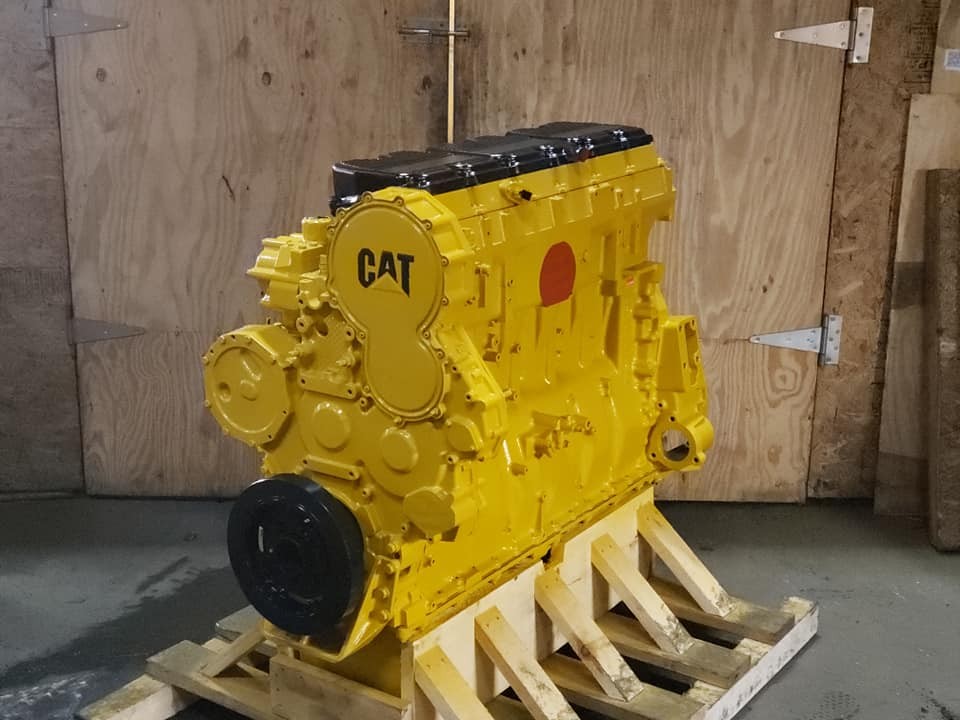The Caterpillar C15 engine is a legendary heavy-duty diesel engine renowned for its power, reliability, and fuel efficiency. This article delves into the history, features, and variations of the C15, exploring why it remains a popular choice for various applications.
 Illustrating the block of a Caterpillar C15 diesel engine.
Illustrating the block of a Caterpillar C15 diesel engine.
The Caterpillar C15: A Diesel Engine Legend
Introduced in 1998 by Caterpillar Inc., the C15 engine quickly gained a reputation for its robust performance and versatility. Its applications span various industries, including construction, agriculture, marine, power generation, and more. The C15’s enduring popularity stems from its durability, adaptability, and efficient operation.
Durability and Longevity of the C15
The Caterpillar C15 is built to last. Its robust design, incorporating high-quality materials and components, contributes to its exceptional durability. High-strength connecting rods and a durable crankshaft minimize wear and tear, extending the engine’s lifespan. With proper maintenance, C15 engines can often exceed one million miles of service.
Fuel Efficiency: A Key Advantage
The Caterpillar C15 incorporates features designed to optimize fuel consumption. An advanced fuel system and efficient combustion process contribute to lower operating costs, making it an economical choice for businesses and operators.
From 3406E to C15: Evolution of Design
The C15 engine builds upon the foundation of its predecessor, the 3406E. Caterpillar addressed the 3406E’s shortcomings by implementing key improvements, including a higher-volume oil pump for enhanced lubrication and cooling, as well as upgraded gaskets and seals to minimize leaks.
The Early C15: The 6NZ Engine
The first C15 engine, designated with the 6NZ serial number prefix, was produced from July 1998 to June 2005. This highly sought-after engine earned a reputation for its exceptional reliability and longevity, solidifying its place as a favorite among owner-operators. Subsequent variations, including the 9NZ and MBN prefixes, further refined the C15 platform.
The ACERT Era: Meeting Emission Standards
To comply with EPA 2004 emissions regulations, Caterpillar introduced the ACERT (Advanced Combustion Emissions Reduction Technology) engine. This twin-turbo configuration, starting with the BXS prefix in March 2003, marked a significant shift in the C15’s evolution. The MXS and NXS prefixes followed, incorporating design refinements and becoming the most popular ACERT variants.
The SDP Prefix: Final Iteration
The SDP prefix, introduced in January 2005, represented Caterpillar’s final C15 iteration before stricter emission standards necessitated further changes. This version incorporated a Diesel Particulate Filter (DPF) system and redesigned turbochargers.
Conclusion: The Enduring Legacy of the C15
The Caterpillar C15 engine’s reputation for power, reliability, and efficiency has solidified its position as a leading heavy-duty diesel engine. From its origins in the 6NZ to the ACERT era and beyond, the C15 continues to be a trusted choice across various industries. Its robust design, fuel efficiency, and adaptability ensure its enduring legacy in the world of diesel engines.
